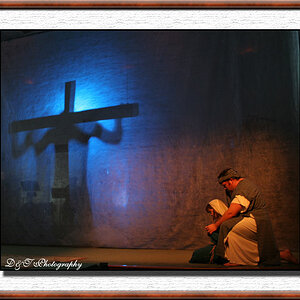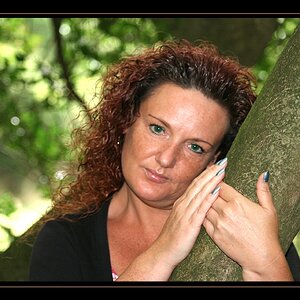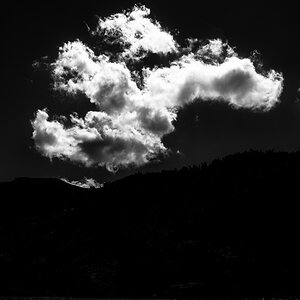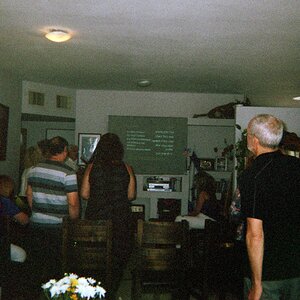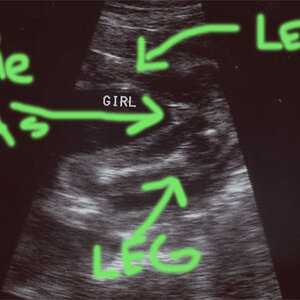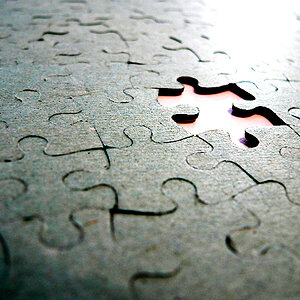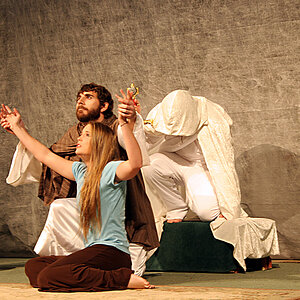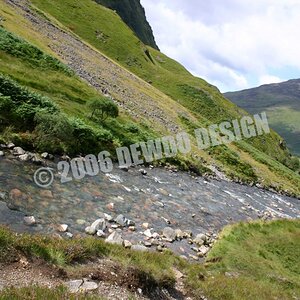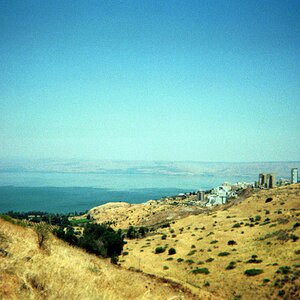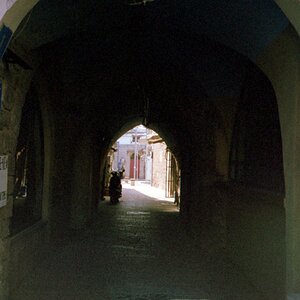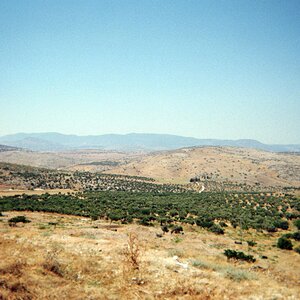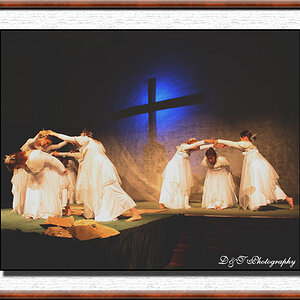bevin
TPF Noob!
- Joined
- Sep 4, 2008
- Messages
- 92
- Reaction score
- 0
- Location
- Wanaka, New Zealand
- Can others edit my Photos
- Photos OK to edit
Bulls**t, the second and fourth photos are insane. Wow. Seriously impressed here.
Looks like rain here today. Here's hoping for a clear night soon
Looks like rain here today. Here's hoping for a clear night soon











